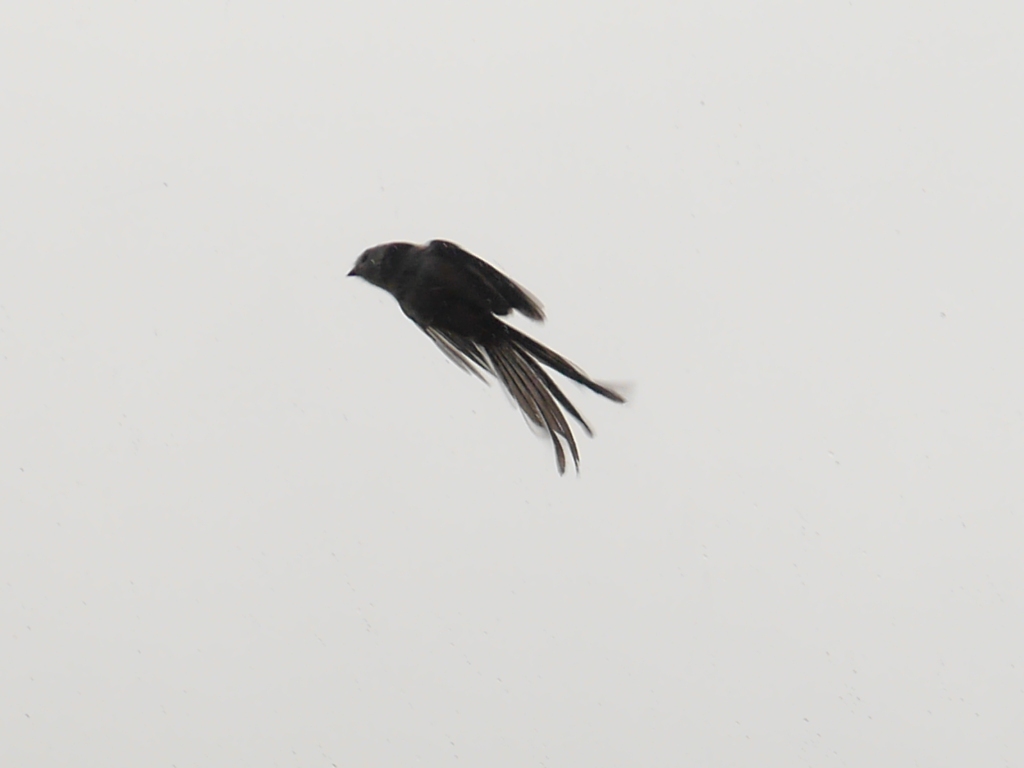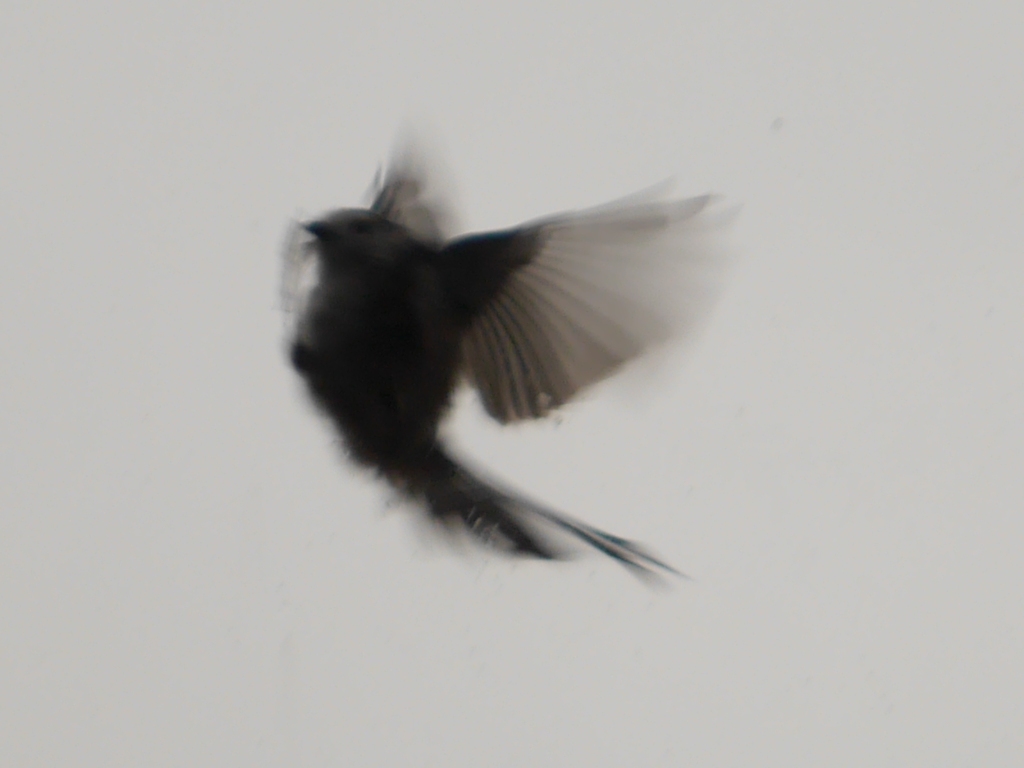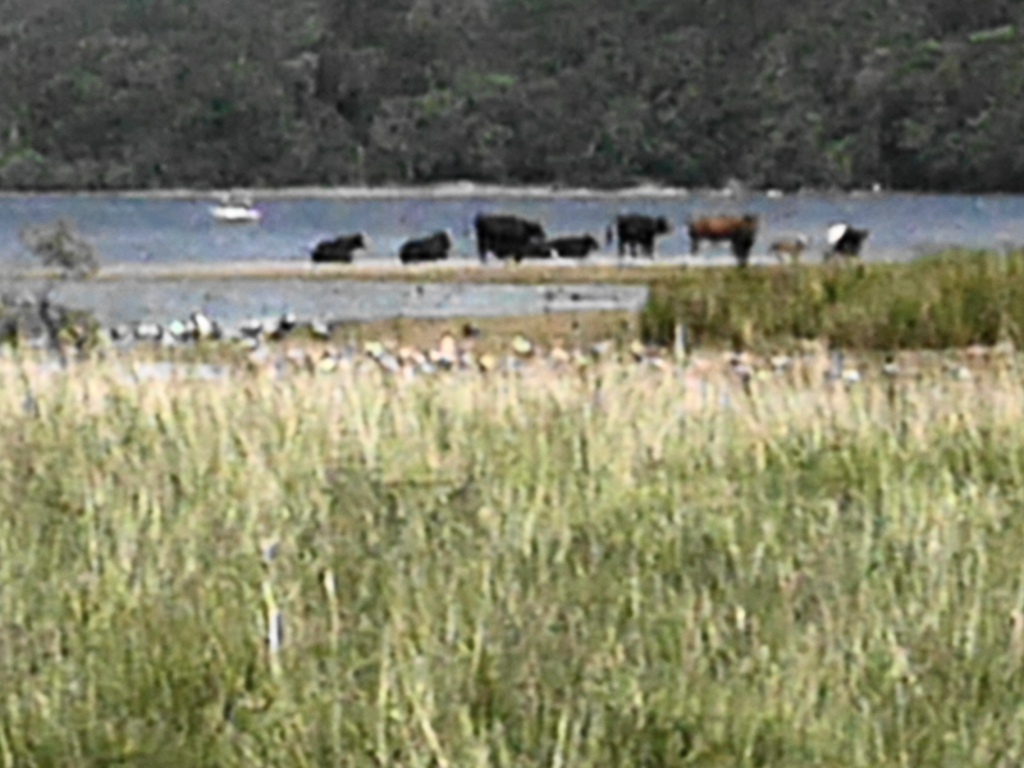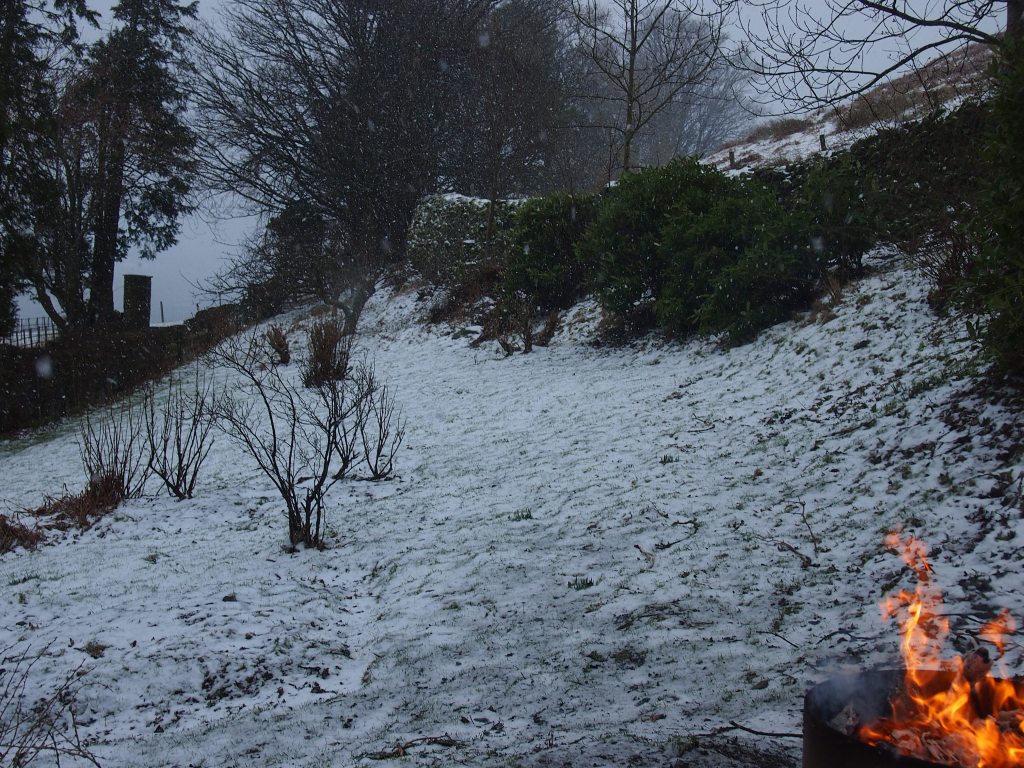by Brindley Hallam Dennis
[Some nonsense inspired by John Little’s encounter with the A(mphibians) A(ssociation) as reported a few days ago]
We’d passed the sign that said COWS in four hand scrawled capital letters on a piece of white board nailed to a post at the side of the road, vivid in the headlamp beams.
Other than that I had no idea how far we’d come. I was concentrating on the road, which was still slick with wet from the late evening rain, and glistening. I was keeping my open for the Toads Crossing that a smaller, even more crudely fashioned sign had warned me to Beware! of. the locals were having some sort of campaign to protect them.
We’d seen figures swathed in dark clothing and carrying buckets, their torches focussed on the tarmac, the beams reduced to mere slits by masking tape, like the lights of military vehicles in old World War Two movies. They’d looked up as we passed, their eyes reflective behind the greyed-out lenses of what I took to be night-vision glasses. Their heads turned as we drove by. They did not wave.
Their hands are full, I thought, thinking of the torches and buckets.
My wife’s eyes glinted in the glow of the car’s computer generated display panel. I slowed our speed a little. It would be crazy to hit one now, I thought. A toad crossing, I meant, not a figure. I flipped the lights from full-beam to dipped. No one would know, of course. How could they? But still.
The road had flattened out. We were on the tops. Caldbeck couldn’t have been far off. There was a series of ups and downs: steep, short slopes, with abrupt summits that fell away, sending even the dipped lights shooting out into space.
We passed through a narrow gap between two stone uprights each as tall as a man. I didn’t recall it, and glanced at my wife.
Look out, she cried.
I caught a glimpse of something; small, dark, squat, at the edge of the headlamps’ circle. Then the nose of the car lifted again and the lights were off the road surface. I hit the brakes and brought us to a shuddering stop, and the engine stalled.
Damn!
I think you missed it, my wife said.
I pressed the start button, but it wasn’t playing.
Hadn’t you better get out and take a look, my wife said. I looked at her. For the toad, she added. She was right, of course. No sense in driving on and squashing it after all.
It wasn’t cold. The sky was heavy with cloud. There was not the breath of wind. I could see a false horizon ahead and to my left, backlit by an orange glow. Carlisle, I guessed. There was no sound, which for some reason made me tread slowly and carefully as if I might wake someone, or..
And then I saw it, barely a pace away, just beyond the offside front wheel, already beyond the arc of the headlamp light. It was looking up at me. I had the absurd notion that it was about to speak, but, of course, it didn’t.
It just looked, in a steady, focused, appraising sort of way. And then it turned its head away and crawled off in that sprawling gait they have, and passed into the darkness.
And then the headlamps seemed to waver, and then they dimmed, and then they went out entirely, and I felt a breath of warm air against my cheek.
I got back into the car, and for some reason I fumbled with my keys and tried to lock the doors, but there was no sound of a click. I pressed the starter again. There was a click then, but nothing else.
What’s up? My wife said.
Why the battery should have died, I had no idea. There was nothing. The horn wouldn’t work. Neither would the windows. The vanity light was dead. The wing mirrors would not tilt or turn. There was still no ignition. Even the radio remained silent.
We’re stuck, I said. We were at an angle across the road too. What if something should come? What if it did not? I wished we had a couple of those reflective triangles that they make you use in the EU. But we aren’t in the EU, and we know better than them.
We’d better get out, I said. Just in case.
Se we stood on the verge, in the darkness, and phone the emergency service that, thank God, we were signed up with.
God knows how long they’ll be, I thought. What else God knew I didn’t speculate about. But we’d barely finished talking and switched off the phone to save the batteries when I noticed, in the distance and far below us, the crawling, yellow, twin lights, moving in our direction. At first I thought of those toad vigilantes with their torches, but then I got my sense of scale and realised that it was some sort of vehicle, feeling its way up the slope. It must have been using farm tracks or bridle paths, or perhaps ancient trackways made long before the days of motor cars. The lights swayed from side to side. It was negotiating curves around little hillocks and across gullies, past rock outcrops; going slowly over marshy ground, or stone fields. But it was always getting close, and the closer it got the more certain I was that it was coming for us.
That was quick, my wife said.
And then he was with us, and we could see that he was in a small, squat, dark vehicle, it’s lamps like two eyes set too close together in a face, and its body was green and slick with wet, glistening as if it had just passed through rain, or come from out of water. And the man too, was wrapped in something like oilskins or gabardine that too glistened with water.
Hello, he said. I’m Toby.
Toby?
He held out a hand; wet, colder than merely cool when I took it.
Let me see what we can do with you, he said.
Your with? And I named the emergency service we were signed up with.
No. We’re a local bunch. He smiled, licked his lips. We clear up anything that fetches up on the roads here. he nodded towards the car. You’d be better inside. Might as well be comfortable while I get on with it.
That’s where we are now; inside the car. The electrics still aren’t working, though the doors locked just after we climbed inside. I can’t get them to unlock and the windows won’t budge. I think he’s got the bonnet up, but it’s hard to see. The night has got so dark, and he seems to have no lights. It’s quiet too. We can’t hear him working, but something is happening. The car has rocked one or twice, trembled. My wife says perhaps he’s loading us onto some sort of recovery vehicle. The mobiles don’t seem to be able to get a signal anymore.
I can’t understand why he doesn’t hear us when we call out. Perhaps he’s got ear buds in, my wife says.















